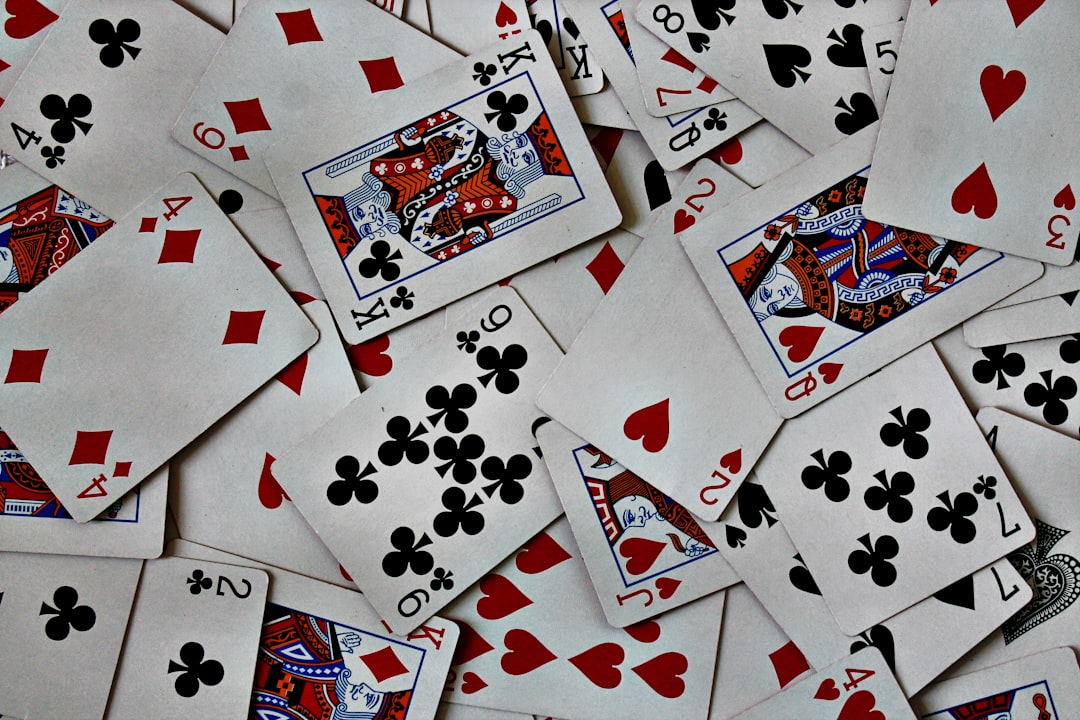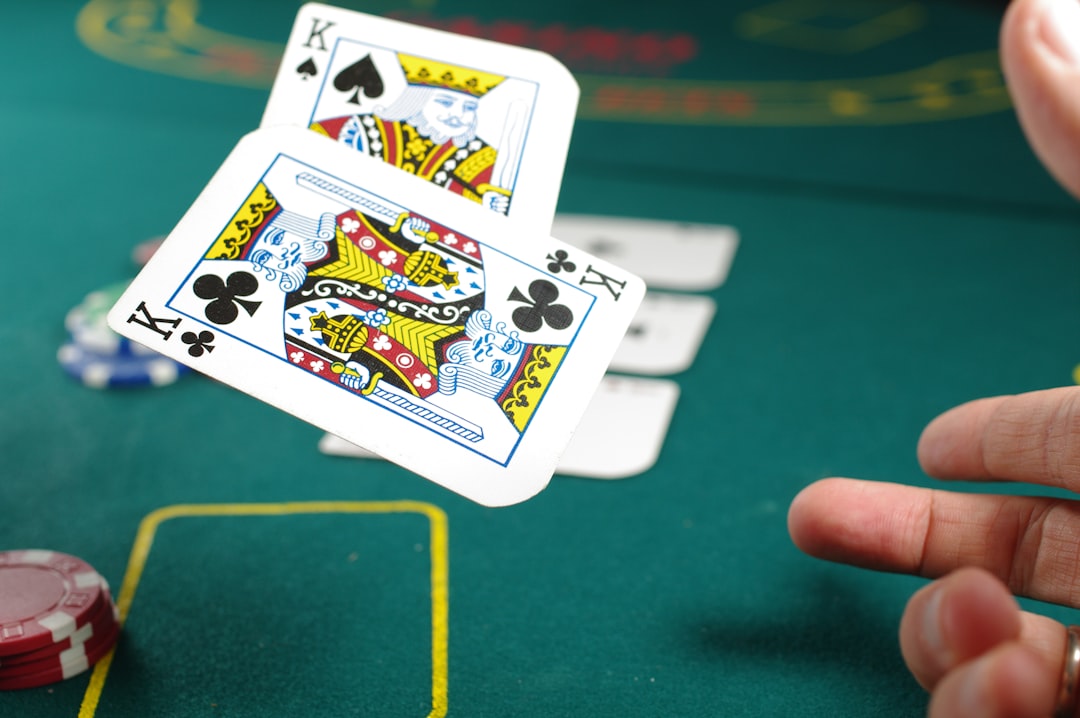# Comprehensive Guide to Poker Strategy for Beginners
Poker is a popular card game that combines skill, strategy, and luck. For beginners, understanding the fundamentals of poker strategy is essential for improving your game and increasing your chances of winning. This guide will cover the basic concepts, strategies, and tips to help you get started.
## 1. Understanding the Basics
### 1.1. Poker Hand Rankings
Before diving into strategy, it’s crucial to know the hand rankings in poker:
1. **Royal Flush**: A, K, Q, J, 10 of the same suit.
2. **Straight Flush**: Five consecutive cards of the same suit.
3. **Four of a Kind**: Four cards of the same rank.
4. **Full House**: Three of a kind plus a pair.
5. **Flush**: Five cards of the same suit, not in sequence.
6. **Straight**: Five consecutive cards of different suits.
7. **Three of a Kind**: Three cards of the same rank.
8. **Two Pair**: Two pairs of cards of the same rank.
9. **One Pair**: Two cards of the same rank.
10. **High Card**: The highest card in your hand if no other hand is made.
### 1.2. Basic Rules of Poker
– **Blinds**: In games like Texas Hold’em, players post small and big blinds to create a pot.
– **Betting Rounds**: Players can check, bet, call, raise, or fold during their turn.
– **Community Cards**: In games like Texas Hold’em and Omaha, community cards are dealt face-up, and players use them in combination with their hole cards.
## 2. Starting Hands
### 2.1. Selecting Starting Hands
One of the most critical aspects of poker strategy is selecting the right starting hands. Here are some guidelines:
– **Strong Hands**: Focus on playing strong starting hands, such as high pairs (Aces, Kings, Queens) and high suited connectors (A♠K♠, J♥10♥).
– **Position Matters**: Your position at the table affects your starting hand selection. In early positions, play tighter (fewer hands) and in later positions, you can widen your range.
### 2.2. Position Strategy
– **Early Position (EP)**: Be conservative and play strong hands.
– **Middle Position (MP)**: You can start to play more hands, including suited connectors.
– **Late Position (LP)**: You can play a wider range of hands and take advantage of the actions of players before you.
## 3. Betting Strategy
### 3.1. Understanding Betting
– **Value Betting**: Bet when you believe you have the best hand to extract value from opponents.
– **Bluffing**: Occasionally, you can bet or raise with a weak hand to make your opponents fold stronger hands.
### 3.2. Bet Sizing
– **Small Bets**: Often used for value or to induce calls.
– **Large Bets**: Used when you want to protect your hand or represent a strong hand.
## 4. Reading Opponents
### 4.1. Observing Behavior
Pay attention to your opponents’ betting patterns, body language, and timing. This can give you clues about their hand strength.
### 4.2. Player Types
– **Tight Players**: Play fewer hands and are more selective.
– **Loose Players**: Play many hands and are less selective.
– **Aggressive Players**: Frequently bet and raise.
– **Passive Players**: Tend to call rather than bet or raise.
## 5. Post-Flop Strategy
### 5.1. Evaluating the Flop
– Assess how the flop connects with your hand and potential hands of your opponents.
– Consider the texture of the flop (dry vs. wet) and adjust your strategy accordingly.
### 5.2. Continuation Betting
If you raised pre-flop and the flop is favorable, a continuation bet can often win the pot outright.
## 6. Bankroll Management
### 6.1. Setting a Budget
Determine how much money you can afford to lose and stick to that limit.
### 6.2. Choosing the Right Stakes
Start at lower stakes to minimize risk while you learn the game.
## 7. Continuous Learning
### 7.1. Review Your Play
After each session, review your hands and decisions to identify areas for improvement.
### 7.2. Study Resources
Utilize books, online articles, videos, and poker training sites to deepen your understanding of poker strategy.
## 8. Conclusion
Poker is a complex game that requires practice and patience to master. By understanding the basics of hand rankings, starting hands, betting strategies, and opponent behavior, beginners can develop a solid foundation for their poker journey. Remember, the key to success in poker is not just about the cards you hold, but how you play them. Good luck at the tables!




